ATAK
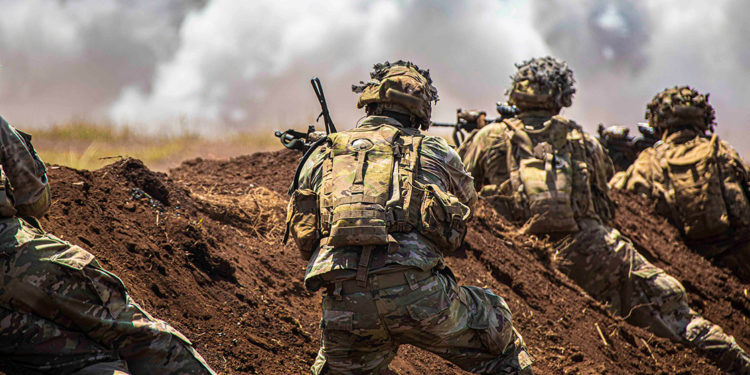
Discussions at LANPAC Symposium highlight need for integrated, secure comms
Last month, the goTenna team had the opportunity to attend the Land Forces Pacific (LANPAC) Symposium, an annual event in Honolulu that connects military leaders, defense officials, and industry partners from across the Indo-Pacific region. More than just a conference, LANPAC is a strategic touchpoint—designed to align coalition land forces,
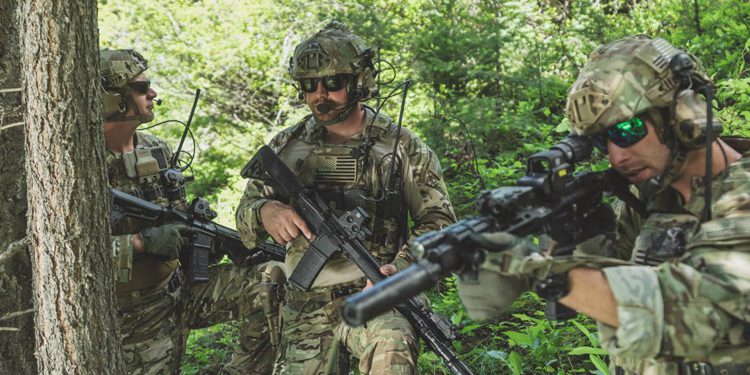
EVERYWHERE Communications – getting access to comms and situational awareness everywhere
Last month, goTenna and EVERYWHERE Communications announced a partnership that would integrate their solutions to enable assured access to situational awareness data from mobile mesh networks and the Iridium Satellite network to any location on Earth. The combined EVERYWHERE and goTenna solution will leverage two best-in-class technologies to connect tactical
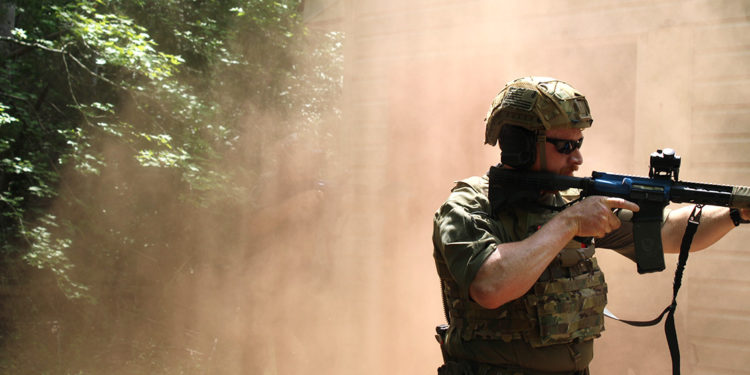
Tech Spotlight Series: How Legionarius smart garments increase warfighter survivability
Every second counts when a warfighter is injured on the battlefield. Shortening the time from the point of injury (POI) to the point of treatment (POT) can increase survivability for the warfighter, but how can military decision-makers immediately know a soldier is injured and deploy medical intervention in a more
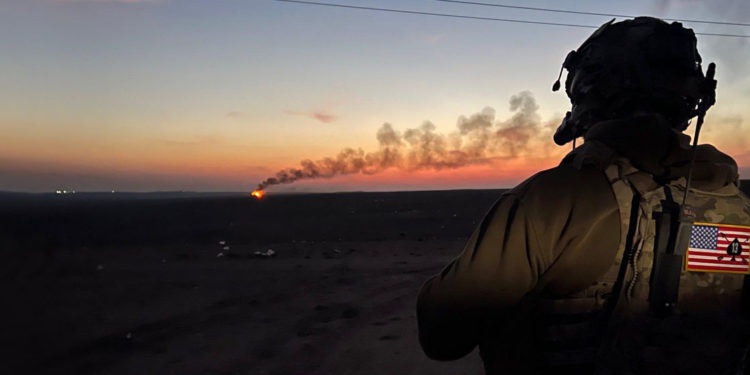
Data sheet | goTenna for JTAC operations
As a Joint Terminal Attack Controller (JTAC), total situational awareness is necessary to employ precision munitions and prevent fratricide. Many times, there may not be a JTAC with each friendly element on the battlefield, meaning the JTAC must rely on observers situated in other locations to relay targeting data. This
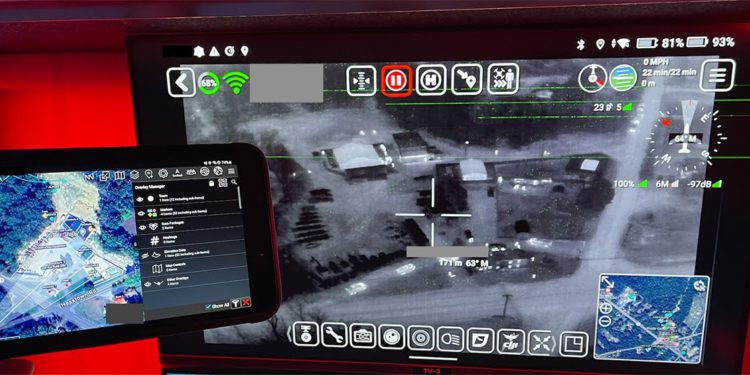
Mobile mesh technology aids New Jersey State Police raid of dog fighting ring
Effective communication and coordination can be the difference between success and failure in law enforcement missions, particularly in tactical operations such as fugitive apprehensions or busting criminal rings. In recent years, the integration of mobile mesh networking technology has revolutionized the ability of law enforcement agencies to maintain full situational
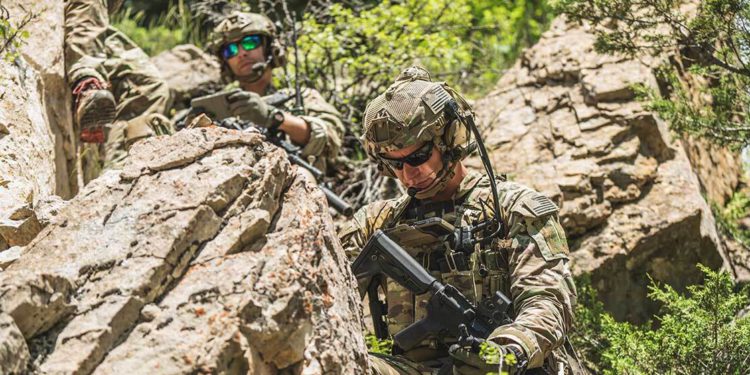
Tech Spotlight Series: PAR Government on the need for resilient situational awareness tools at the edge
Seamless communication and situational awareness are crucial for military, law enforcement, and emergency response operations. They enable decision-making, increase survivability, and improve operational efficiency. However, for communications and situational awareness tools to be effective in these scenarios, they need to be interoperable and enable disparate organizations—many of which often come
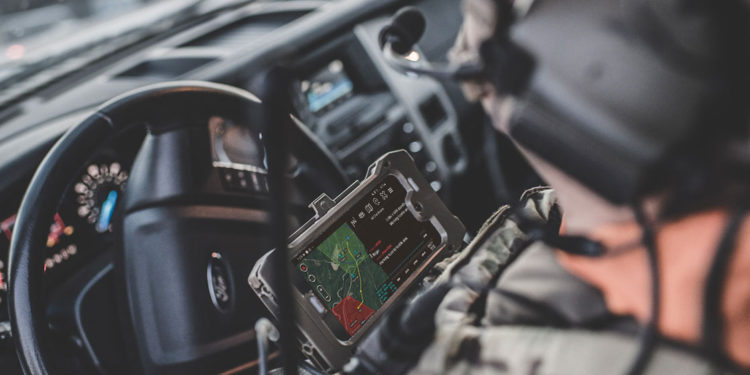
1-pager | TAK Plugin Integration
Harnessing the power of the Team Awareness Kit for Android (ATAK) is now more accessible than ever, serving over 40,000 Department of Defense (DoD) users and 32,000 nonfederal users. Offering cutting-edge situational awareness and field operation management tools, ATAK caters to both large-scale agencies and smaller entities alike. Yet, how
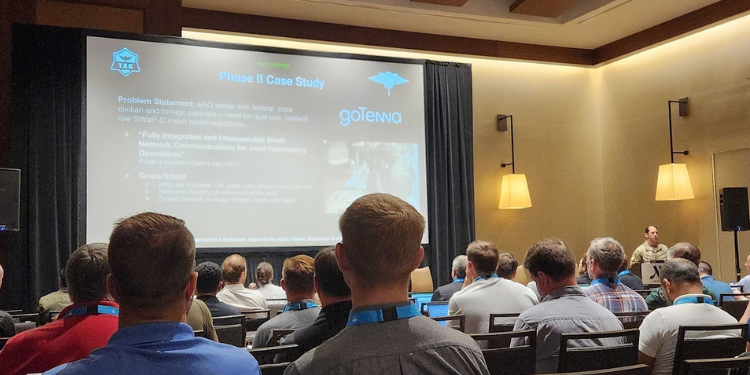
4 Takeaways from an interoperability TAK demonstration presented at the TAK 2023 Conference
In August of this year, industry, defense, and public safety officials from the United States met at the annual Team Awareness Kit (TAK) offsite held in Raleigh, North Carolina. This incredibly technical and comprehensive event encompassed over 30 sessions, including keynote speakers, program briefings, panels, and technical tracks. These sessions
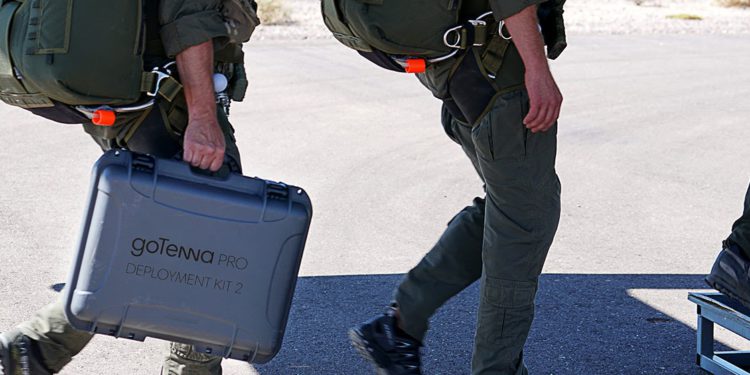
Tracking specialized freefall units: goTenna and ATAK connect military freefall operators during infiltration
With hundreds of pounds strapped to their backs, one hundred mile winds tossing them around mid-air, and the thick blanket of night impeding their view, military freefall operators have less than a minute to act. In those few seconds, any decision they make could result in the success or failure
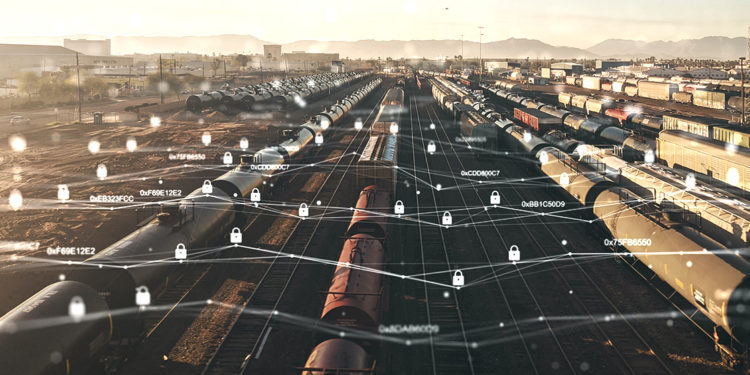
Can mobile mesh networks like goTenna’s be hacked?
In an era of increasing reliance on interconnected critical infrastructure systems, safeguarding power grids, gas pipelines, and transportation networks has never been more vital. These systems are often vulnerable to malware and other malicious hacking methods. Most recently, Dutch researchers from cybersecurity firm Midnight Blue have identified vulnerabilities in the



